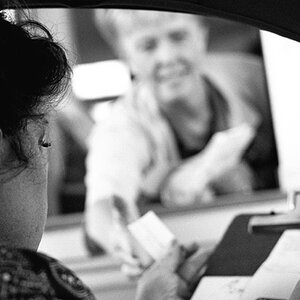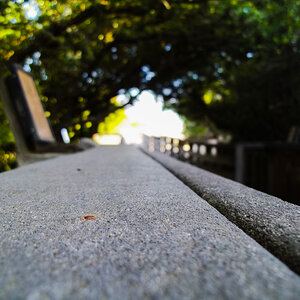Hardrock
TPF Noob!
- Joined
- Apr 8, 2009
- Messages
- 1,173
- Reaction score
- 36
- Location
- Dallas
- Can others edit my Photos
- Photos NOT OK to edit
So Im going to shoot my first panoramic of the Dallas sky line and I have a couple of questions. I will be using cs3 to stitch them together but have never stitched pictures together so how do I do that using cs3? I plan on shooting them in raw. Do I adjust the white balance on each picture indvidually (which does not make sense) or do I stitch them together and then adjust. Also when I size the picture what sizes should I size them to so I can get it printed. Sorry for all the questions but thanks in advance for all the help!


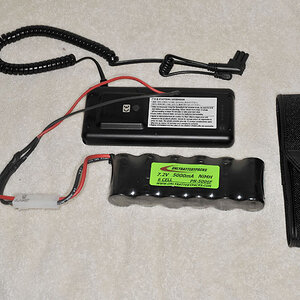
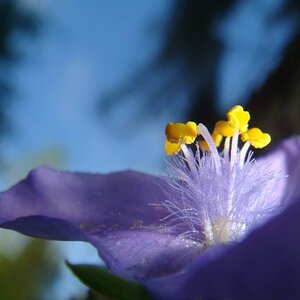
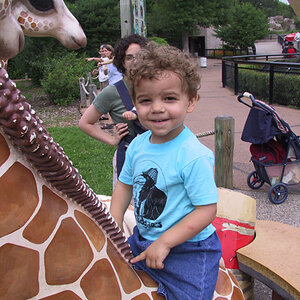
![[No title]](/data/xfmg/thumbnail/42/42452-e36799eaff36dca02ffc57ce660e5e20.jpg?1619740190)
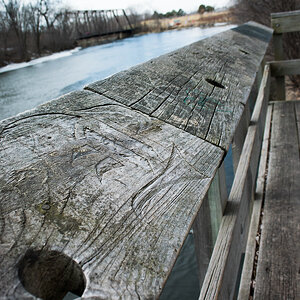
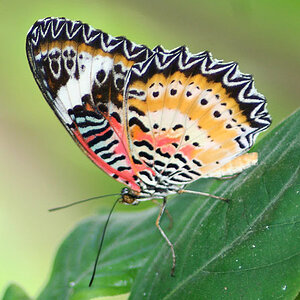

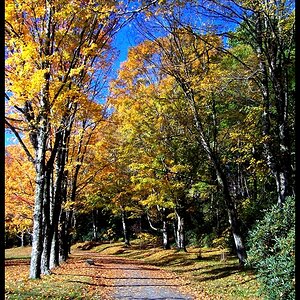
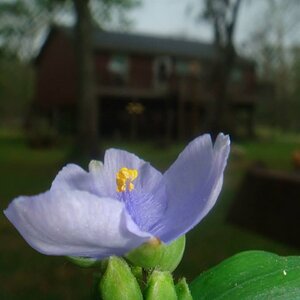
![[No title]](/data/xfmg/thumbnail/35/35597-714b74cc48992e5353856abfe325df68.jpg?1619737065)
